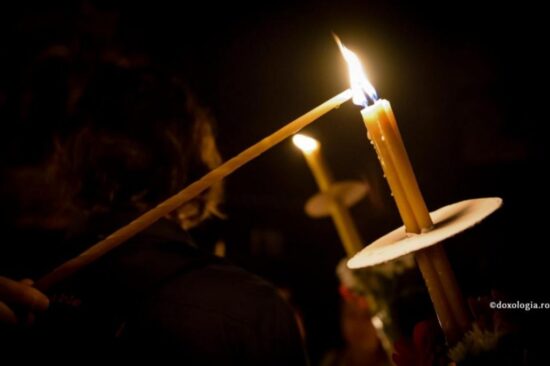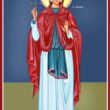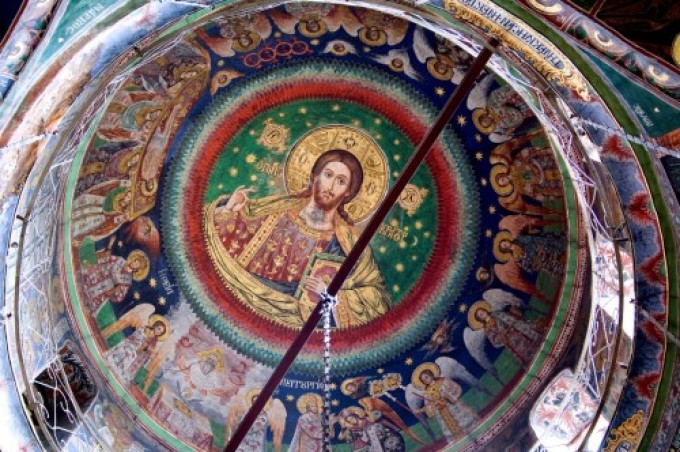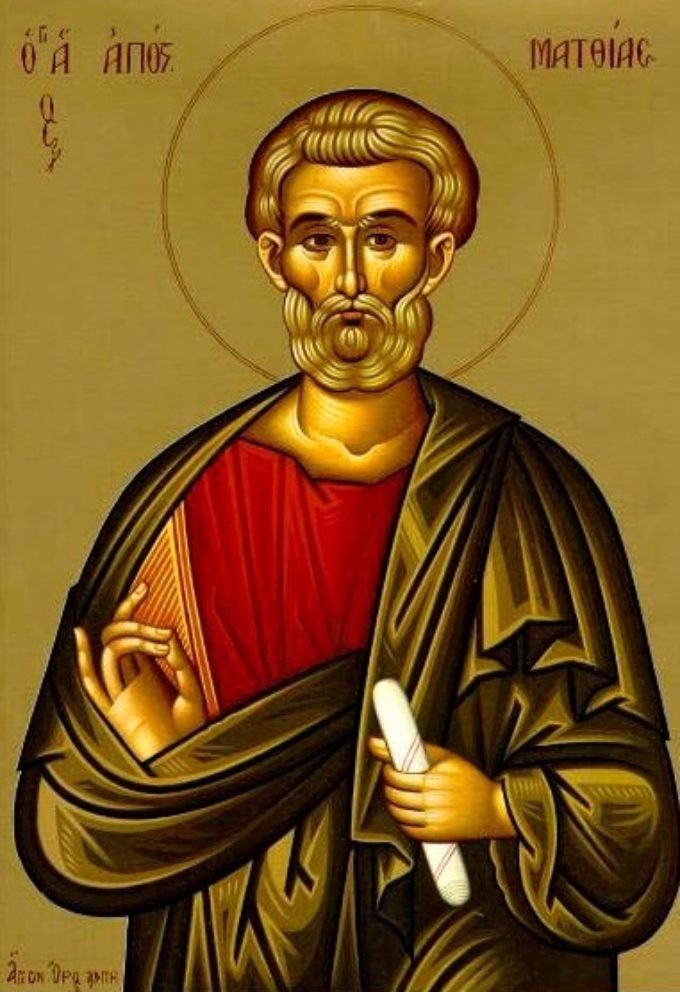Death and Resurrection are two concepts that overwhelm us whenever we encounter them through reading or hearing. On the 24th Sunday after Pentecost, the Gospel passage during the Holy Liturgy provides us with an opportunity to reflect on these fundamental notions that are essential to the life of every Christian. Within the Gospel, we learn about the untimely death of a 12-year-old girl, followed by the wondrous act of Jesus Christ, who brought her back to life. As witnesses to this extraordinary event, we are deeply moved by the power of the Son of God over death, a phenomenon that has long sparked debates and discussions.
First and foremost, it is important to acknowledge that death is an anomaly in human history, as it was not created by God. It is a consequence of humanity’s sinful actions, a result of disobedience to the Creator. Perhaps this is why we find it so unnatural and tend to avoid discussing it. Being an “accident,” death often gives rise to various challenges – difficulties in understanding, accepting, and even relating to it. Through the resurrection of Jairus’ daughter, our Savior intended to demonstrate that once death had taken hold of life, He could not remain indifferent. Therefore, He provided a remedy against death, something greater than the name by which it is known – Resurrection.
In order not to despair in the face of physical death, the Church Fathers encourage us to strive for a continuous resurrection from sin, making efforts to restore the fallen human nature from its dark passions, with the thought of Christ’s Resurrection, which becomes our own resurrection through our union with Him. Daily resurrection is not an easy task, as the path proves to be arduous, filled with numerous temptations, trials, and plunges into grievous guilt. However, if we do not forget that Christ’s Resurrection is the beginning of our resurrection and eternal life (1 Corinthians 15:20), the prototype and guarantee of our own resurrection, then we can shatter the stone at the door of our own tomb, no matter how large or burdensome it may be.
We affirm that it is necessary to realize the need for a daily “resurrection” from sin towards virtue, as an ongoing and ever-present act that should take place within each of us. If we desire to enter the abodes of the righteous when we cross the threshold of physical death, it is appropriate for us to follow the path from the death of sin to the new life, free from blemish, throughout every day of our earthly existence. Only in this way will we understand a plea from the first prayer uttered by the priest during the Vespers of the Sunday of the Descent of the Holy Spirit: “Before we return to the earth, grant us, O Lord, to return to You, and look upon us with kindness and grace.”
Therefore, before passing through physical death and the general resurrection, we must seek the resurrection of our hearts. Sin and ignorance transform our souls into a tomb where the grace of Baptism lies buried – that is, Christ Himself, in whose name we were baptized – patiently waiting for the stone to be rolled away so that Christ may rise within us. But how can the stone be rolled away from the tomb’s door in our hearts, so that the Grace of God may become active within us? The Philokalic Fathers show us that this is accomplished through unceasing effort and repentance, by removing hatred, practicing forgiveness, reconciling with others, and partaking in the Eucharistic communion with Christ.
Therefore, when we speak of resurrection, let us not see it merely as a state associated with eschatology, the end of the ages, but as a dynamic and daily transformation capable of changing our lives and the world around us. Unceasing repentance, infused with the joy of the Resurrection, is the foundation of the ladder of virtues and our companion on the journey towards resurrection and deification. Both repentance for our own sins and repentance born out of love for the sins of the whole world, as well as repentance as an assumed state, a new way of life, transform our existence into a continuous cycle of Cross and Resurrection until we reach the end of earthly toils, the general resurrection, and the eternal celebration of Pascha together with all the Saints in the Kingdom of God.
Archimandrite Mihail Daniliuc
Source: http://doxologia.ro






